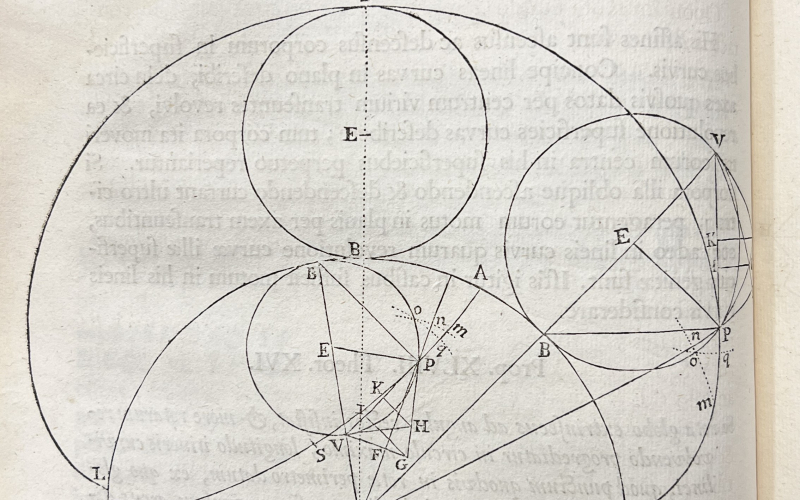#26 Philosophiae Naturalis Principia Mathematica
This set of items looked at some of the more science-centre items in our collection, along with some of the scientists who wrote them.
We're starting with one of the biggest names and most famous titles.
1. This is a copy of Philosophiae Natrualis Principia Mathematica, often referred to just as the Principia.
2. It was written by Isaac Newton, and published in 1687.
3. The book is about 250 by 180mm.
4. While it is now considered one of the most important works in the history of science, it took a few years for it to be understood and accepted.
5. Following a conversation between Edmund Halley and Isaac Newton in 1684, which resulted in the publication of 'De motu corporum in gyrum', Halley asked Newton to write more for the Royal Society to publish. The result was Newton devoting himself to the writing of the Principia.
6. Existing early drafts show that Newton originally intended this to be a two-volume work, but it was finally published in three parts.
7. The Principia gives the foundational theory for classical mechanics. Book One looks the movement of bodies without resistance, Book Two at the movement of bodies in a resisting medium, and Book Three expands on these ideas, particularly looking at the consequences of gravitational attraction in astronomy
8. While the book was published under the imprint of the Royal Society, they had in fact already spent their book budget for the year, and so Edmund Halley covered the costs. He was paid with leftover copies of the other book, 'De Historia Piscium' – the history of fish.
9. Halley wrote the preface to the book in the form of a Latin ode to Isaac Newton.
10. Pembroke's copy is in very good condition, and includes the fold-out diagram on the path of comets. Halley would later use the maths of the Principia to calculate the trajectory of the comet that came to be named after him.

